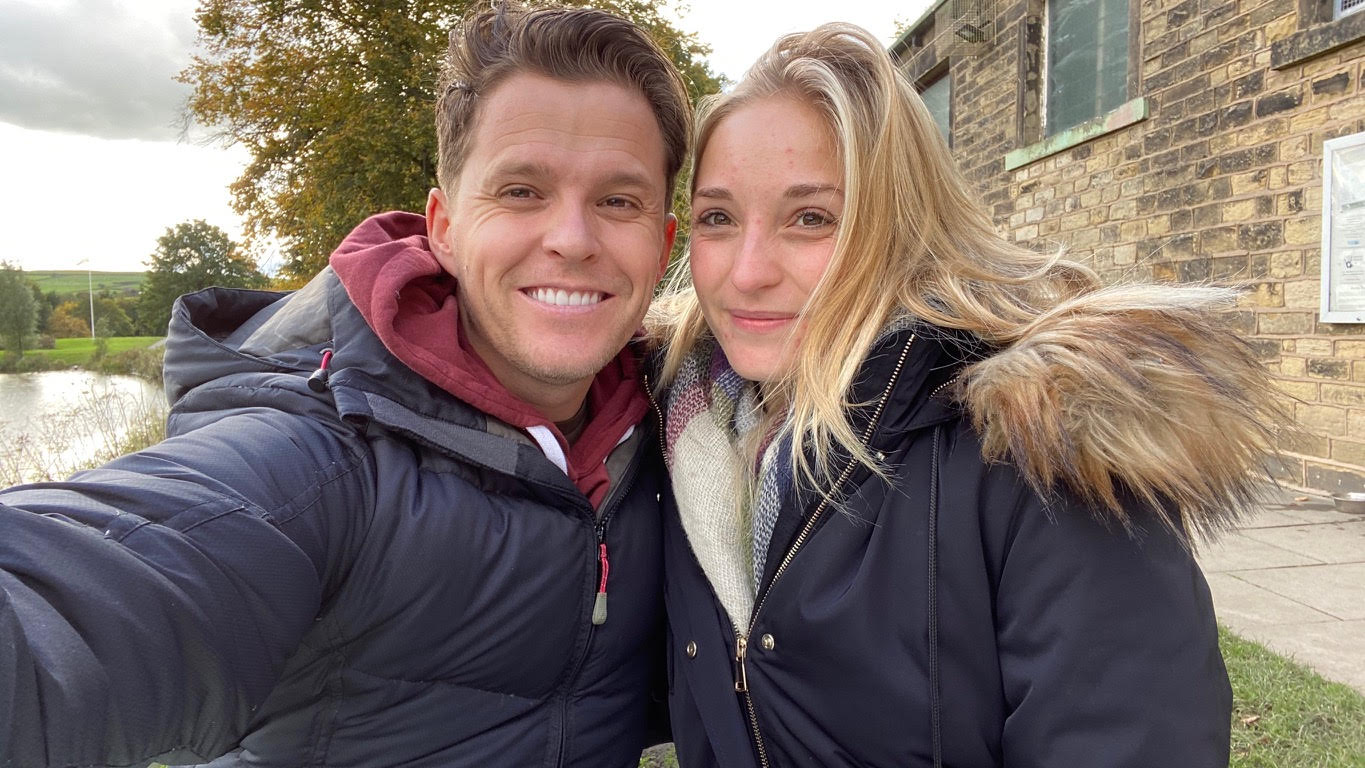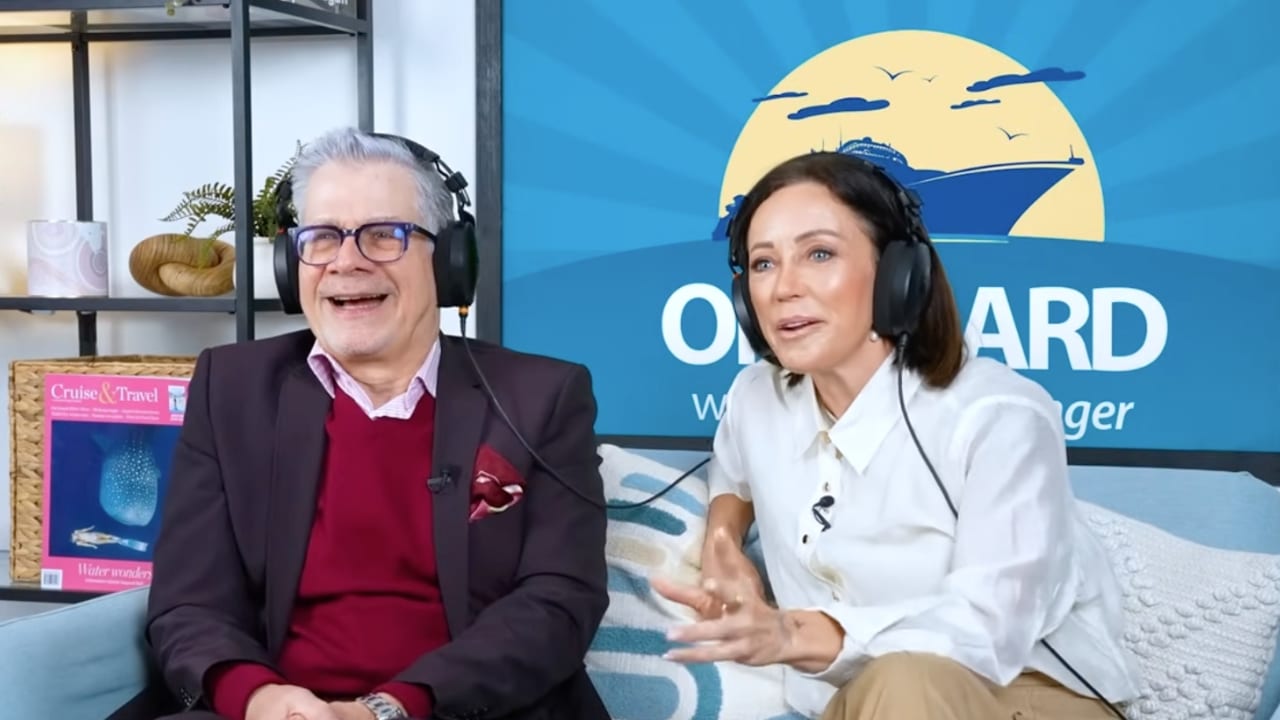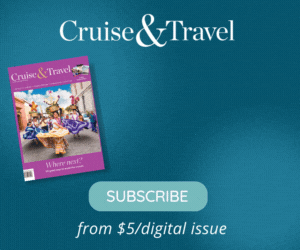Behind every cancelled cruise lies a community that missed the chance to welcome a shipload of excited visitors. It’s a tour operator who has no bookings, a shop owner who made no sales, a driver without passengers, a port worker with no job. In the cities, it’s a departure port where pre-cruise hotels, pubs and restaurants had to let go half their staff.
Across the country it’s a local winemaker who survived on cruise ship orders, a heartbroken farmer whose crop of fresh produce goes to waste, and the flow-on effect to his suppliers and wholesalers and their families.
Carnival and P&O recently extended their cruise pause while we wait for an announcement from the Department of Health about the fate of the ban on international cruise ships, currently due to end on March 17. But it’s not just 18 cancelled cruise dates and hundreds of shattered holiday dreams. There’s a very human toll behind those cancellation announcements.
Wayne and Julie Cox run a small farm at Coominya, about an hour’s drive from Brisbane, called Wivenhoe Hydroponics, which grew lettuce and Asian vegetables for cruise ships — until the cruise ban wiped out their livelihood overnight. Rubbing salt in the wound, the ocean-loving couple who have taken several P&O cruises, had planned to retire this year and celebrate Julie’s 60th birthday on a cruise to New Zealand.
“I don’t know where to go from here,” said Wayne. “We’ve lost our business, it’s absolutely devastating. I was very depressed for months. I couldn’t do anything, and I’m used to always doing something, always working. It took a long time to get over it and that depressing feeling still lingers a bit. I’ve just got to take every week as it comes. I’ll probably have to keep working for a few more years now.”
Unable to plan for the future when there is no guaranteed return date for cruising, Wayne is frustrated by the “guessing games” and lack of government support.
“I don’t know why they don’t just allow cruising in Queensland for Queenslanders, not even a three-day cruise. We’ve been on lots of cruises and we’ve never been sick,” he said.
Cruise ship crew and entertainers have also had their dream jobs smashed by the suspension of cruising. Carnival Cruise Line’s cruise director Lee Mason recently reached the 12-month milestone since he “left my ship”, as he describes it.
“Honestly, being out of work has been a real rollercoaster. My position on board is incredibly social and active, morning, noon and night, it’s go go go! I am constantly interacting with people and feeding off their excitement and energy.
“Cut to life on land, not seeing anyone, having to abide by all of the social restrictions that we’ve been under during this crazy year – it’s been an incredibly difficult transition both mentally and emotionally,” Lee said.
“For took a while for it to sink in, to accept that I wasn’t going back to work. It’s been a very surreal experience for us all. I definitely thought I would be back at work by now. I understand why I’m not, though it doesn’t make it any easier.”
Lee, 34, said it’s not easy to explain the deep impact on the crew – and not just financially.
“When you work at sea, you leave behind your neighbours, your childhood friends and community. Because you spend more time at sea than at home, you build a new life and family of people on board. When you come home, you’re a relative stranger to many.”
When the crew were repatriated to their home countries, it split up the “shipboard family” as well as his relationship.
“I met my girlfriend on board, and despite us both being from the same country, social restrictions have stopped us from seeing each other, which isn’t the best foundation for romance,” he said.
Lee has not worked for the past year and moved back in with his parents, but other crew members have been forced to seek alternative employment to survive.
“Many work multiple jobs to pay mortgages and to support families. It’s not been a great time,” he said, acknowledging the “ripple effect” on so many other people.
“Things and people you wouldn’t immediately consider: the taxi services bringing people to and from the cruise terminal, tram and rail ticket sales, out-of-town tourists taking city tours, filling buskers’ guitar cases, climbing the Harbour Bridge. It’s endless. We need to be cruising again!”
By Cruise Passenger’s calculations, based on 2019 figures, each day without a cruise costs Australian communities $3,303,703.
Joel Katz, Cruise Lines International Association (CLIA) Managing Director Australasia, says these losses would be reversed by the huge business generated by cruise ship visits. The obvious and immediate answer is to restart domestic cruises within Australia.
“We envisage they will be the first to resume under a carefully controlled and phased resumption of cruising, supported by extensive new health protocols,” Katz said. “With these measures adopted globally, the cruise industry is continuing to work with Australian governments to open a pathway towards resumption so that communities around the country can again benefit from the $5 billion-a-year contribution of cruise tourism.”
As Lee says: “I am confident we will return. I remain hopeful, and staying connected to my ship family, guests and crew, really helps. We are supporting each other the best we can. And we know we will be back.”










Lee is the dry best cruise director-total fun nonstop! Looking forward to being onboard again as soon as it’s considered safe :0)